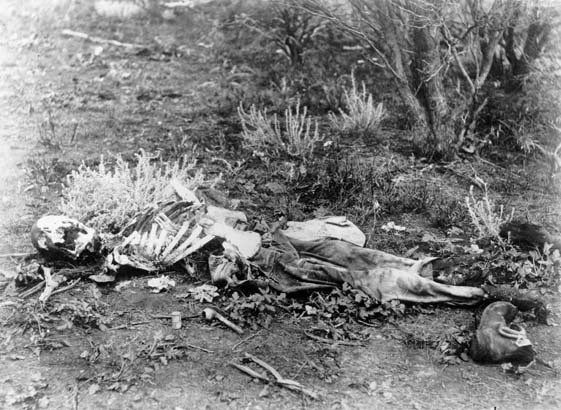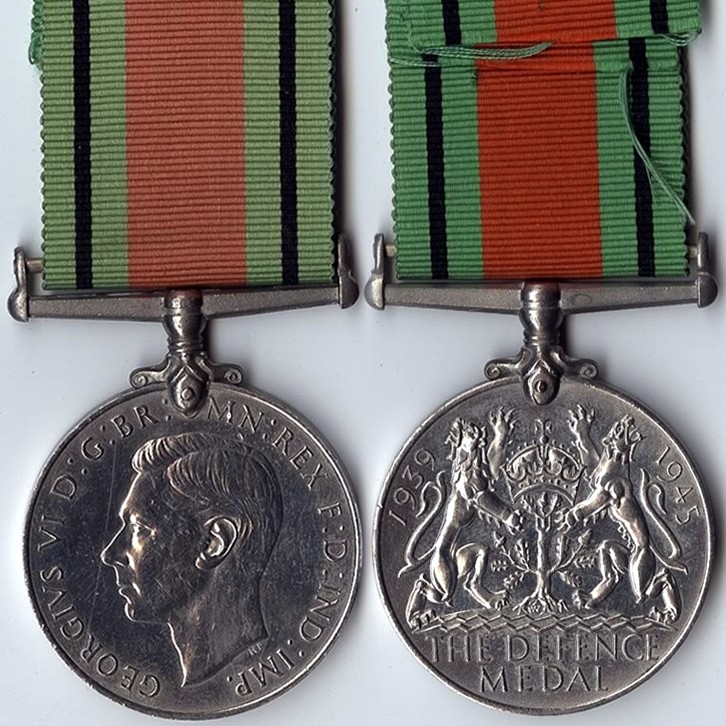|
Phaleristics
Phaleristics, from the Greek mythological hero Phalerus (, ''Phaleros'') via the Latin ('heroics'), sometimes spelled faleristics, is an auxiliary sciences of history, auxiliary science of history and numismatics which studies Order (distinction), orders, fraternity, fraternities, and Award or decoration, award items, such as medals, medal ribbon, ribbons, and other decorations. Definition The subject includes orders of chivalry (including Military order (religious society), military orders), orders of merit, and fraternal orders. These may all in turn be official, national, state entities, or civil, religious, or academic-related ones. The field of study also comprises comparative honour systems, and thus in a broader sense also history (art history), sociology, and anthropology. In terms of objects, these include award items such as medals and their accessories, ribbon bars, badges, Lapel pin, pins, award certificate documentation, etc., and phaleristics may also designate the ... [...More Info...] [...Related Items...] OR: [Wikipedia] [Google] [Baidu] |
Award Or Decoration
An award, sometimes called a distinction, is given to a recipient as a token of Recognition (sociology), recognition of excellence in a certain field. When the token is a medal, ribbon or other item designed for wearing, it is known as a decoration. An award may be described by three aspects: 1) to whom it is given to 2) what 3) by whom, all varying according to purpose. The recipient is often awarded to an individual, a student, athlete or representative of a group of people, be it an organisation, a sports team or a whole country. The award item may be a decoration or an insignia suitable for wearing, such as a medal, badge, award pin or rosette (award), rosette. It can also be a token object such as a Academic certificate, certificate, diploma, championship belt, trophy or Commemorative plaque, plaque. The award may also be accompanied by a title of honor, and an object of direct cash value, such as prize money or a scholarship. Furthermore, an is an award given, typically ... [...More Info...] [...Related Items...] OR: [Wikipedia] [Google] [Baidu] |
Numismatics
Numismatics is the study or collection of currency, including coins, tokens, paper money, medals, and related objects. Specialists, known as numismatists, are often characterized as students or collectors of coins, but the discipline also includes the broader study of money and other means of payment used to resolve debts and exchange good (economics), goods. The earliest forms of money used by people are categorised by collectors as "odd and curious", but the use of other goods in barter exchange is excluded, even where used as a circulating currency (e.g., cigarettes or instant noodles in prison). As an example, the Kyrgyz people used horses as the principal currency unit, and gave small change in sheepskin, lambskins; the lambskins may be suitable for numismatic study, but the horses are not. Many objects have been used for centuries, such as Cowry, cowry shells, precious metals, Cocoa beans#History, cocoa beans, Rai stones, large stones, and Gemstone, gems. Etymology Firs ... [...More Info...] [...Related Items...] OR: [Wikipedia] [Google] [Baidu] |
Medal Ribbon
A medal ribbon, service ribbon or ribbon bar is a small ribbon, mounted on a small metal bar equipped with an attaching device, which is generally issued for wear in place of a medal when it is not appropriate to wear the actual medal. Each country's government has its own rules on what ribbons can be worn in what circumstances and in which order. This is usually defined in an official document and is called "the order of precedence" or "the order of wearing." In some countries (particularly in North America and in Israel), some awards are "ribbon only," having no associated medal. Design According to the U.S. Defense Logistics Agency (DLA), the U.S. military's standard size for a ribbon bar is wide, tall, with a thickness of 0.8 mm. The service ribbon for a specific medal is usually identical to the suspension ribbon on the medal. For example, the suspension and service ribbon for the U.S. government's Purple Heart medal is purple with a white vertical stripe at eac ... [...More Info...] [...Related Items...] OR: [Wikipedia] [Google] [Baidu] |
Lapel Pin
A lapel pin, also known as an enamel pin, is a small brooch, pin worn on clothing, often on the Jacket lapel, lapel of a jacket, attached to a bag, or displayed on a piece of fabric. Lapel pins can be ornamental or can indicate the wearer's affiliation with a cause or an organization, such as a fraternal order or religious order; in the case of a chivalric order, the lapel pin is in the form of a Rosette (decoration), rosette. Before the popularity of wearing lapel pins, boutonnières were worn. Popular usage Lapel pins are frequently used as symbols of achievement and belonging in different organizations. Lapel pins from the organization are often collected by members and non-members alike. Businesses and political parties also use lapel pins to designate achievement and membership. Lapel pins are a common element of employee recognition programs, and they are presented to individuals as a symbol of an accomplishment. Like fraternity and sorority pins, these lapel pins in ... [...More Info...] [...Related Items...] OR: [Wikipedia] [Google] [Baidu] |
Fraternal Order
A fraternal order is a voluntary membership group organised as an order, with an initiation ritual and traits alluding to religious, chivalric or pseudo-chivalric orders, guilds, or secret societies. Fraternal orders typically have secular purposes, serving as social clubs, cultural organizations and providing a form of social welfare through reciprocal aid or charitable work. Many friendly societies, benefit societies and mutual organisations take the form of a fraternal order. Fraternal societies are often divided geographically into units called lodges or provinces. They sometimes involve a system of awards, medals, decorations, styles, degrees, offices, orders, or other distinctions, often associated with regalia, insignia, initiation and other rituals, secret greetings, signs, passwords, oaths, and more or less elaborate symbolism, as in chivalric orders. Examples The Freemasons and Odd Fellows emerged in the eighteenth century in the United Kingdom ... [...More Info...] [...Related Items...] OR: [Wikipedia] [Google] [Baidu] |
Badge
A badge is a device or accessory, often containing the insignia of an organization, which is presented or displayed to indicate some feat of service, a special accomplishment, a symbol of authority granted by taking an oath (e.g., police and fire), a sign of legitimate employment or student status, or as a simple means of identification. They are also used in advertising, publicity, and for branding purposes. Badges can be made from metal, plastic, leather, textile, natural rubber, rubber, etc., and they are commonly attached to clothing, bags, footwear, vehicles, home electrical equipment, etc. Textile badges or patches can be either woven or embroidered, and can be attached by gluing, ironing-on, sewing or applique. Badges have become highly collectable: in the United Kingdom, UK, for example, the Badge Collectors' Circle has been in existence since 1980. In the military, badges are used to denote the unit or arm to which the wearer belongs, and also qualifications received t ... [...More Info...] [...Related Items...] OR: [Wikipedia] [Google] [Baidu] |
Ribbon Bar
A medal ribbon, service ribbon or ribbon bar is a small ribbon, mounted on a small metal bar equipped with an attaching device, which is generally issued for wear in place of a medal when it is not appropriate to wear the actual medal. Each country's government has its own rules on what ribbons can be worn in what circumstances and in which order. This is usually defined in an official document and is called "the order of precedence" or "the order of wearing." In some countries (particularly in North America and in Israel), some awards are "ribbon only," having no associated medal. Design According to the U.S. Defense Logistics Agency (DLA), the U.S. military's standard size for a ribbon bar is wide, tall, with a thickness of 0.8 mm. The service ribbon for a specific medal is usually identical to the suspension ribbon on the medal. For example, the suspension and service ribbon for the U.S. government's Purple Heart medal is purple with a white vertical stripe at eac ... [...More Info...] [...Related Items...] OR: [Wikipedia] [Google] [Baidu] |
Anthropology
Anthropology is the scientific study of humanity, concerned with human behavior, human biology, cultures, society, societies, and linguistics, in both the present and past, including archaic humans. Social anthropology studies patterns of behaviour, while cultural anthropology studies cultural meaning, including norms and values. The term sociocultural anthropology is commonly used today. Linguistic anthropology studies how language influences social life. Biological anthropology, Biological (or physical) anthropology studies the biology and evolution of Human evolution, humans and their close primate relatives. Archaeology, often referred to as the "anthropology of the past," explores human activity by examining physical remains. In North America and Asia, it is generally regarded as a branch of anthropology, whereas in Europe, it is considered either an independent discipline or classified under related fields like history and palaeontology. Etymology The abstract noun ''wikt ... [...More Info...] [...Related Items...] OR: [Wikipedia] [Google] [Baidu] |
Julius Iversen
Julius Gottlieb Iversen (; in Reval – in St. Petersburg) was a Russian phalerist (scholar of medals). Iversen, of Baltic German ethnicity, was born in Reval on April 5, 1823. He studied at Imperial University of Dorpat from 1842 to 1846. In 1850 he received the title of Candidate of Philosophy (equivalent to a modern Western Ph.D.) and in that same year arrived in St. Petersburg. Iversen taught ancient languages in Anglican and Reformed Church schools from 1851 to 1885. From 1855 to 1880 he taught Greek and Latin at the Petrischule, a prominent Lutheran school which mostly served St. Petersburg's German community. In 1879 Iversen was appointed senior keeper of the parlor of mintage at the Hermitage Museum The State Hermitage Museum ( rus, Государственный Эрмитаж, r=Gosudarstvennyj Ermitaž, p=ɡəsʊˈdarstvʲɪn(ː)ɨj ɪrmʲɪˈtaʂ, links=no) is a museum of art and culture in Saint Petersburg, Russia, and holds the large .... Iversen's first ... [...More Info...] [...Related Items...] OR: [Wikipedia] [Google] [Baidu] |
Defence Medal (United Kingdom)
The Defence Medal is a campaign medal instituted by the United Kingdom in May 1945, to be awarded to citizens of the British Commonwealth for both non-operational military and certain types of civilian war service during the Second World War.GOV.UK – Defence and armed forces – guidance – Medals: campaigns, descriptions and eligibility – Defence Medal: 1939 to 1945 (Access date 20 April 2015) Institution The duration of the in Europe was from 1 September 1939 to 8 May 1945, while in the[...More Info...] [...Related Items...] OR: [Wikipedia] [Google] [Baidu] |
WWII
World War II or the Second World War (1 September 1939 – 2 September 1945) was a World war, global conflict between two coalitions: the Allies of World War II, Allies and the Axis powers. World War II by country, Nearly all of the world's countries participated, with many nations mobilising all resources in pursuit of total war. Tanks in World War II, Tanks and Air warfare of World War II, aircraft played major roles, enabling the strategic bombing of cities and delivery of the Atomic bombings of Hiroshima and Nagasaki, first and only nuclear weapons ever used in war. World War II is the List of wars by death toll, deadliest conflict in history, causing World War II casualties, the death of 70 to 85 million people, more than half of whom were civilians. Millions died in genocides, including the Holocaust, and by massacres, starvation, and disease. After the Allied victory, Allied-occupied Germany, Germany, Allied-occupied Austria, Austria, Occupation of Japan, Japan, a ... [...More Info...] [...Related Items...] OR: [Wikipedia] [Google] [Baidu] |






